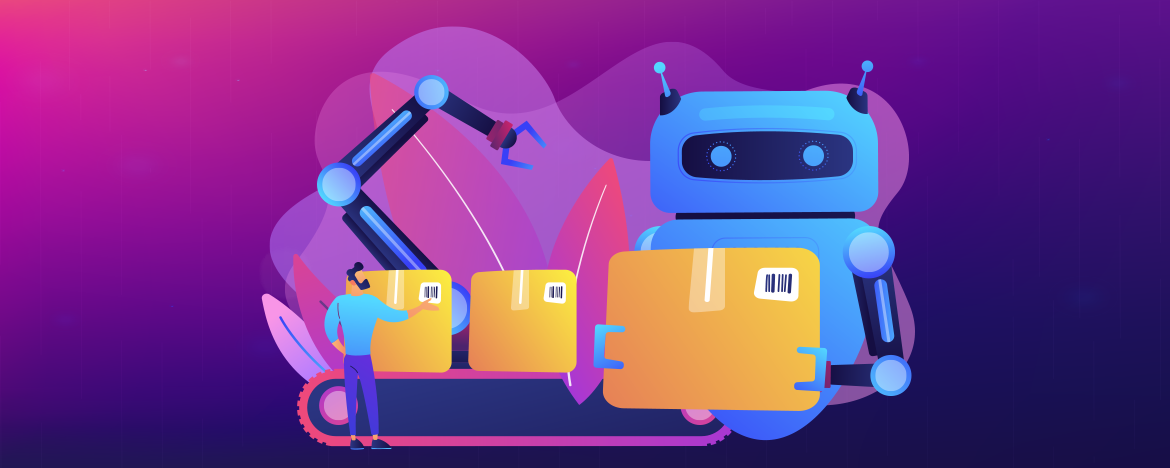The Key Challenges
Many companies ignore the fact that they need to modularize their existing software services as self-contained units and configure their new microservices to communicate and work with each other in an optimal manner. This requires proper deployment, followed by automated testing.
Here are just a few issues that need to be taken care of:
1. Development Environments – Are your developers getting what they need or are they becoming more and more involved in manual operations? A common solution is providing them with Docker Containers, where they can setup the application and run/manage all of its dependencies.
This strategy is better at isolating bugs, which can be more damaging when the development is taken up to a cloud infrastructure.
2. Bugs and Technical Issues – Pushing code to production is often accompanied with errors and technical glitches. Having a tested rollback plan is extremely important, something that is often not done by companies. Proper monitoring and debugging solutions are also needed.
3. Compatibility – The typical deployment pipeline involves not only development, but also staging and production. The production step can be complicated and have multiple environments based on a wide range of parameters. The application will need to run in all of them seamlessly.


Also, the dependencies of the applications need to be understood completely before the configuration stage, where the runtime environment is expected to provide a database and enable the service to locate it fast. Also note that services have varying levels of availability requirements.
The Microservices Deployment Pipeline
Faster release cycles are one of the main highlights of microservices architectures. But without a good CI/CD process in pace, you will probably fail in your quest to achieve the agility that microservices promise. Only a robust and foolproof pipeline can help you achieve your goals.
Here are the five main stages in the pipeline:
1. Building the App – After the commit, you must ideally generate application tests from stubs. This should be followed by the compilation and running of integration and acceptance tests, after which you can build the application JAR and upload it to Nexus successfully.
The first stage is finally complete when you construct the stub JAR of the application and upload it to Nexus as well.
2. Deploying to Staging – The newly built application is now in the staging environment following the deployment of the JAR. You can clone the stub-runner repository to the environment. The stub runner downloads the stucs needed by the application and registers them in Zookeeper.
It is extremely important to make sure that you are upgrading the microservice’s DB schema in this stage of the pipeline.


3. Application Rollback Scenario Testing – You can provide the rollback scripts for relational databases with comprehensive third-party solutions. However, you have the simpler option of just rolling back the application, for which you will need your code to support backwards compatibility.
The “database first” approach, which gives you reverse engineering capabilities, is gaining traction. This means you deploy the changes and test the old app with the new DB, before testing the new app with the new DB. Finally, push the changes to production and rollback if needed.
4. Deployment to Production – Now the running instances of the application can be killed in production and the instances can be deployed one by one. This is also where the monitoring part comes into play. You will need to ensure that all the KPI checking alerts are in place.
As a part of deployment procedure, a comprehensive review of monitoring performance and alert documentation also needs to take place.
5. Rollback Procedure – You need to have the ability to roll back as fast as possible when you encounter problems and real-time alerts. This shouldn’t be much of an issue since this procedure has already been tested earlier. Just download the old version and run it against the new schema.
Please note that you ideally start introducing standards into your ecosystem if you’re starting the deployment of microservices. Standards of running, configuring and deploying applications should be enforced at all times. This can save your developers time and your business money.
Deployment is Just the Beginning
The microservices approach for building software systems is partly a response to the need for more rapid deployment of discrete software functionality. Unfortunately, this is a double edged sword. Having a complex ecosystem of microservices can complicate your infrastructure.
Following deployment, you will need a comprehensive database management solution that will allow you to monitor all changes in real-time and allow you to respond to events as they happen. There is little margin for error in today’s dynamic market where changes are frequent.
Microservice architecture offers the flexibility that a monolithic architecture can’t. However, having a specialized database for each microservice often leads to a complex ecosystem, which is expensive and hard to maintain. This is where automation comes in and plays a key role.
Bugs and downtimes are no longer a problem, since automated solutions with in-depth reporting are now capable of keeping you in control.
FINISHED DEPLOYING YOUR MICROSERVICES?
It’s time to enjoy the benefits of smooth database release automation for zero downtime, fast results, and maximum ROI





